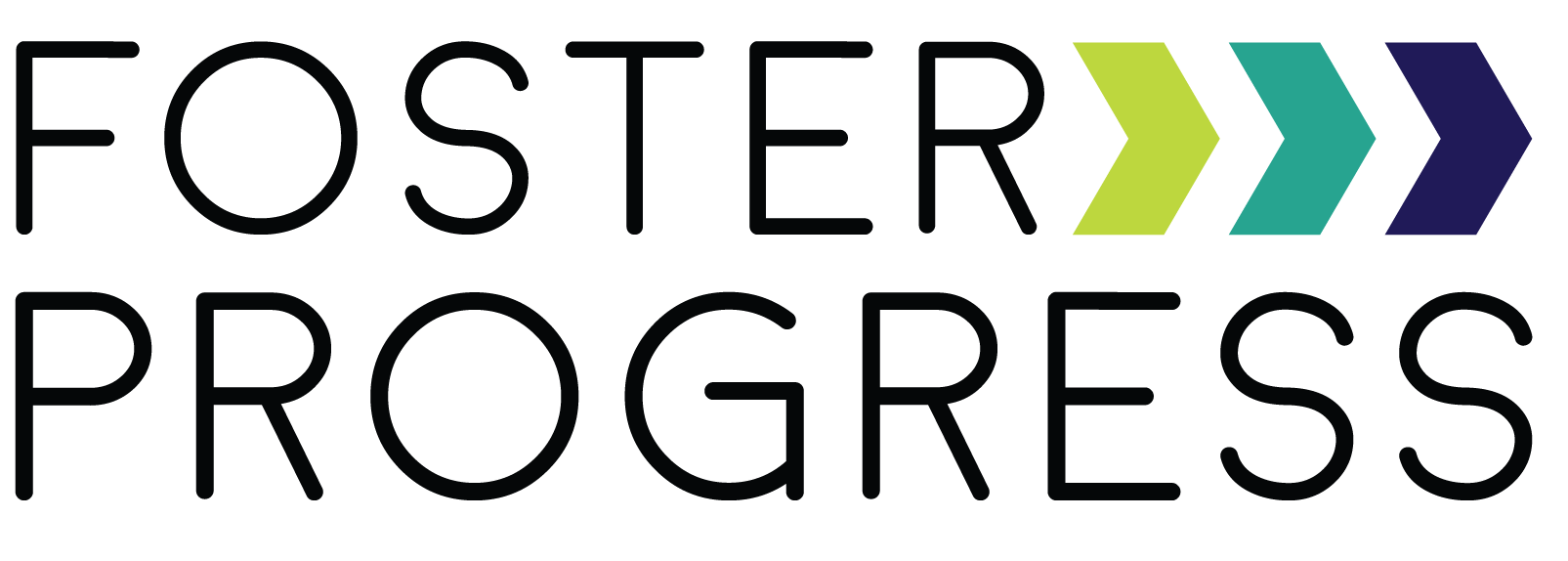Financial Aid for Foster Youth in Illinois
Need-Based Financial Aid
The first step for everyone who wants to go to college is to fill out the FAFSA after October 1st of your senior year and after October 1st every year you’re in college. Keep in mind that if you filled out the FAFSA before October 1st, you’ll need to do it again after October 1st. For example, if you were to fill out the FAFSA on October 1, 2025, that would not count for the following academic year in 2026. Only applications received after October 1, 2025 will count for that next academic year.
The FAFSA will ask you whether you spent any time in foster care from age 13 and after, which is a box you definitely want to check if you were in care at 13 and on. Checking that box means you’re an “independent” student, which usually means you’ll receive the maximum amount of financial aid, including Tuition Waivers for public schools in Illinois! For all the details, check out our FAFSA Guide (coming soon!).
Filling out the FAFSA gives you access to the following kind of financial aid:
The MAP Grant: $8,400 maximum
If you are still in foster care, or you were in foster care at any time after the age of 13, you should receive the maximum MAP Grant. The MAP Grant is from the State of Illinois and can only be used in-state. The important thing to know about this financial aid is that it is awarded first come, first served and they always run out of money! That’s why it is so important for you to fill out the FAFSA as soon as possible after December 1. Also, to “reserve” your MAP money, be sure to indicate an in-state college on your FAFSA, even if you think you’re going to be going out of state. Check out the details here: MAP GRANT
THE PELL GRANT: $7395 maximum
Again, if you were in foster care at any point after the age of 13, you should receive the maximum Pell Grant. The Pell Grant is from the federal government and is also based on financial need. See more information here: PELL GRANT
WORK STUDY
Work Study is an opportunity for you to get a job on campus to help pay your costs. It is not guaranteed- you’ll have to apply for the work study jobs on campus. But these jobs are usually very considerate of your schedule as a student, which other employers may not be. See more information here: FEDERAL WORK STUDY JOBS
Student loans
Student loans are considered financial aid, and if you want to take out loans, the FAFSA is how you get access to them. Hopefully you won’t need them, but if you do, there’s more information here: FEDERAL STUDENT LOANS
INSTITUTIONAL NEED-BASED AID
This is money that the college would offer you based on your financial need. The amount varies widely, depending on how generous the school is.
<< Previous: Introduction: A Few Key Considerations
Next: DCFS Programs >>


